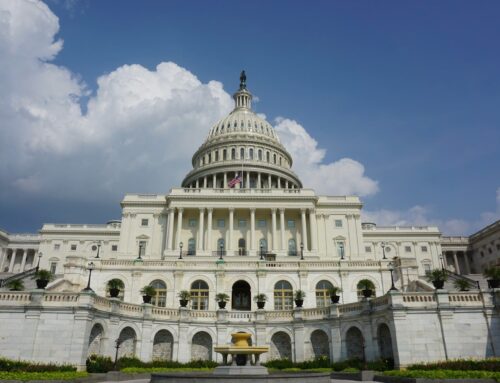Section 9611 Child Tax Credit Improvements for 2021 increases the amount of the Child Tax Credit and expands eligibility. The credit is extended to cover children up to 17 years old (current law is 16). The maximum credit is set at $3,000 for children 6-17 years old and $3,600 for children under six (instead of $2,000 for all children). The credit would also be fully refundable, meaning individuals with little or no tax obligation would receive the full amount. Another big change would be to have much of the credit disbursed on a prorated monthly basis instead of having to wait until people file their 2021 taxes sometime in 2022. This all carries a price tag of just over $100 billion.
All these changes, and costs, are just for 2021.
Expanding the Child Tax Credit is popular and would provide a benefit to tens of millions of people. One estimate found it could cut in half the total number of children in poverty. It’s also very costly and epitomizes some of the worst aspects of federal budgeting.
Prior to 2018 the credit stood at $1,000, phasing out at – for individuals making $75,000 and married couples making a combined $110,000. The Republican Tax Cut bill of 2017 (Tax Cuts and Jobs Act of 2017) doubled the maximum credit. It also increased the refundable portion up to $1400 and tied income phase outs to inflation. But the increase, which the ARP would increase further for one year, was “temporary” only lasting for tax years 2018 to 2025. This was done to make the cost look smaller. This eight-year authorization means on January 1, 2026, all the changes would evaporate, at least according to official scorekeeping.
The bill makes supposedly temporary changes to these supposedly temporarily expanded tax credits. But in reality, there will be a strong push to make the expansions permanent. There already is. But the appetite for covering the costs is nearly non-existent. In 2017 The Joint Committee on Taxation projected the 8 years of changes due to the tax bill would cost $580 billion, topping out at $77 billion in 2024. A permanent extension at 2021 levels would mean not just an increased annual cost of $100+ billion due to ARP’s changes, but starting in 2026, an additional nearly $100 billion per year to maintain the tax bill’s “temporary” increase from $1,000 to $2,000 and other changes.
While this is a politically popular move in the moment, the long-term effects on federal tax receipts and the deficit must be surfaced and considered.











Get Social